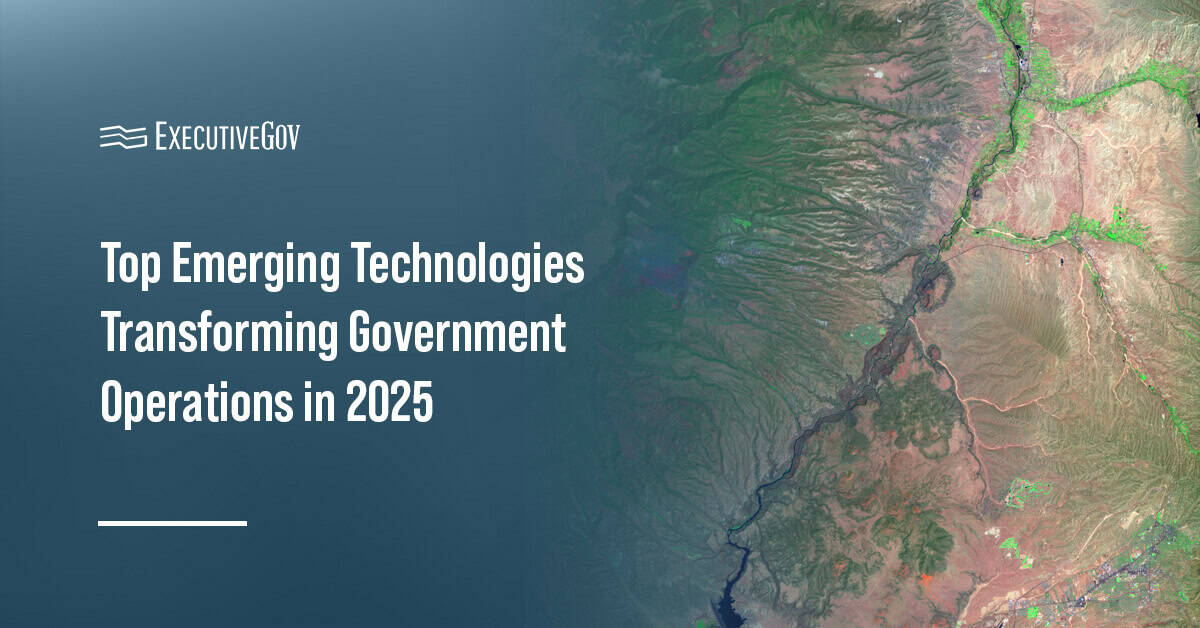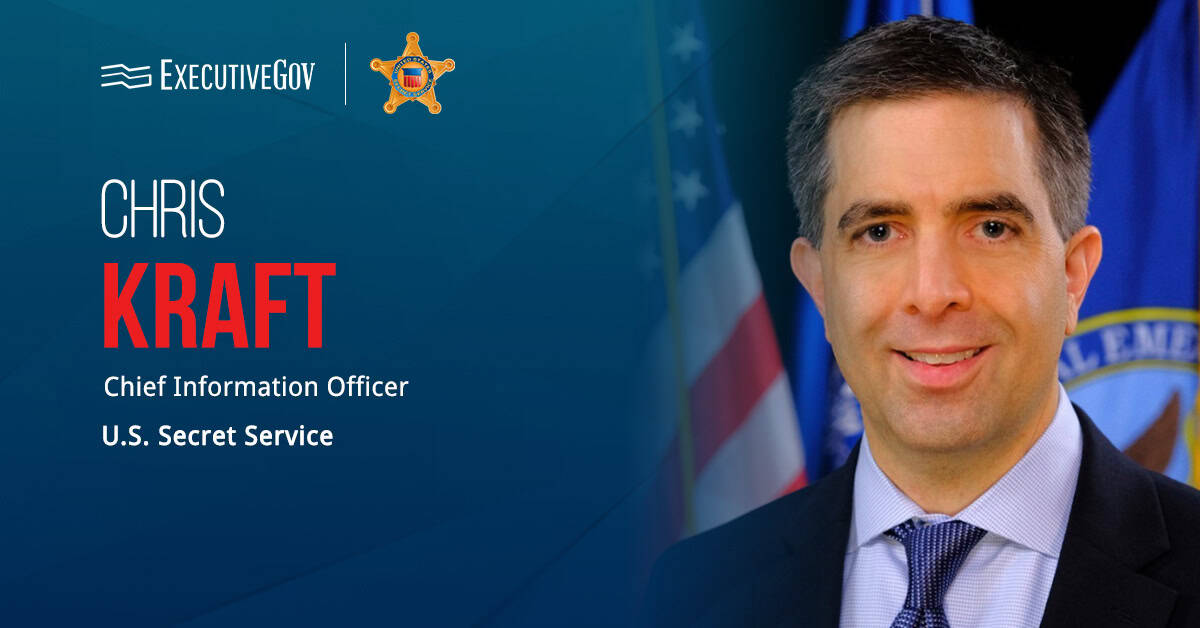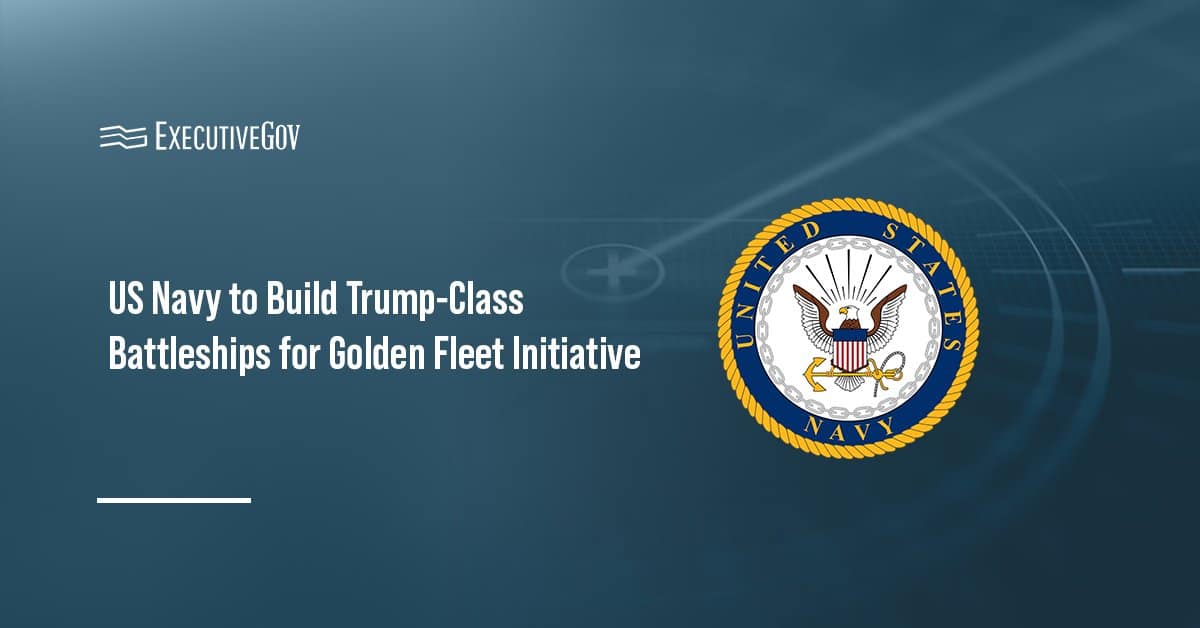Emerging technologies in 2025 are not just reshaping industries, they are fundamentally transforming how governments operate, provide public safety and serve citizens. From generative AI streamlining administrative workflows to quantum computing redefining cybersecurity, these innovations offer unprecedented opportunities to enhance efficiency, transparency and resilience across the public sector.
For GovCons, staying ahead of these trends is no longer optional—it’s imperative. Agencies are seeking vendors who can integrate cutting-edge solutions into legacy systems, ensure compliance with evolving cyber standards and deliver scalable innovations that align with national priorities. Those who understand how to apply AI, commercial satellite imagery and other transformative tools in government contexts will be better positioned to win contracts and drive long-term value.
In short, mastering these technologies is now a critical differentiator in the competitive landscape of GovCon. Let’s dive into the critical emerging technologies that are helping governments operate more efficiently and effectively.
Discover business opportunities in these critical emerging technologies at the Potomac Officers Club’s 2025 Navy Summit on August 26! Attend a fascinating “Optimizing Navy Decision-Making with GenAI: Balancing Human Insight With AI Precision” panel. Learn first hand about new AI requirements in information warfare from Vice Adm. Karl Thomas, deputy chief of naval operations for information warfare, N2N6, and director of naval intelligence. Check out the latest offerings from premier industry sponsors such as SAIC and Seekr. Sign up today for this elite GovCon conference specifically designed for technology professionals!
Table of Contents
Commercial Satellite Imagery Powered by AI
Satellite networks and AI-driven sensors are revolutionizing how governments detect and respond to crises like wildfires. An initiative called FireSat from the Earth Fire Alliance is providing precise satellite images of wildfires from space leveraging mid-wave and long wave infrared, according to the Washington Post. This is providing governments with breaking information on developing fires and burn scars using bands of infrared light.
From more than 370 miles into space, these satellites can loop millions of miles around Earth each day and demonstrate technology critical to filling technological gaps in how governments fight fires. Private sector contributors to this effort include Google, which is leveraging AI to help sift through the imagery.
FireSat’s goal is to have 50 satellites in orbit by 2030, enough to provide imagery across the world every 20 minutes. The FireSat constellation is already detecting small fires unseen by existing space systems. The EFA plans to launch three additional spacecraft into space by mid-2026 to provide twice daily imagery and coordinate with agencies in states such as Colorado or California to help them fight fires.
Quantum Technologies and Post-Quantum Security
Governments are making massive investments in quantum computing for comprehensive simulations and optimization while prioritizing quantum-resistant encryption standards. Unlike conventional computers, which use bits to solve problems, quantum computers leverage quantum bits that can compute information at a dramatically faster rate.
This could lead to paradigm-shifting advances in realms such as cyber or military operations. As such, the European Union announced in July it would develop plans to pool funding and skills in quantum computing, the Financial Times reported.
As quantum computing advances, so do defenses against its capabilities. Governments are already issuing mandates and legal frameworks for strategies using post-quantum cryptography, or data protection that can resist quantum decryption. But one challenge is that post-quantum cryptography algorithms are not seamless replacements for typical asymmetric algorithms. Modern applications could have performance issues and would require testing.
Agentic AI and Generative AI
Federal agencies seeking to modernize their operations may see generative AI as a way to create efficiencies and upgrade their systems. The General Services Administration announced on Tuesday that three new AI models—Google’s Gemini, OpenAI’s ChatGPT and Anthropic’s Claude—were being added to the federal purchasing list, creating the opportunity for agencies to use these tools, according to Wired.
AI adoption is growing rapidly in the U.K. The National Audit Office, in a report, said 70 percent of respondents from government bodies in 2024 were trialing and planning AI use cases. Government users there are attracted to agentic AI for its potential to improve delivery of public services, TechRadar reported.
Agentic AI could give public sector workers time to focus on higher-value tasks. As an example, it could automatically create responses to citizen queries, process routine paperwork or generate policy documents by summarizing large amounts of legislation and research data.
Cybersecurity and Zero Trust Architectures
The evolution of AI is creating opportunities for bad actors to develop more sophisticated cyber attacks. But it is also allowing the development of more capable AI-based cybersecurity systems, laying the groundwork for new and automated threat detection and heartier encryption algorithms, according to the U.K.’s GovNet Technology.
The adoption of zero trust security architectures has become foundational among federal agencies, meaning no device, nor user, is trusted by default. Agencies are transitioning from perimeter defenses to continuous, identity-first authentication models. Gartner predicts that over 60 percent of public sector organizations will use zero trust as a starting point for security by the end of 2025.
Learn about new Navy emerging technology business opportunities before your competitors by attending the Potomac Officers Club’s 2025 Navy Summit on August 26! Learn how the service is helping small businesses get their technologies into sailors’ hands faster during a keynote address by NavalX Director Capt. Joel Uzarski. Dive into spending priorities for the Golden Dome missile defense program during our panel on the Navy’s role in Golden Dome’s architecture. Strike up collaborations with other GovCon titans to score that big contract. Secure your seat today and prepare for higher GovCon revenues in FY 2026!






